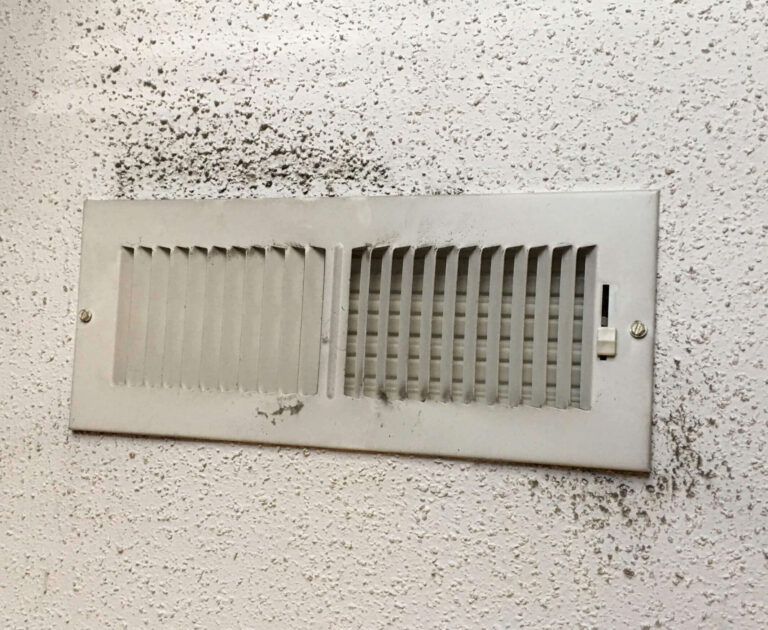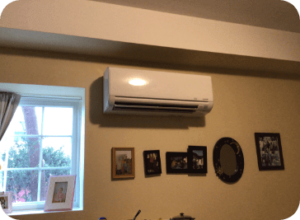Alert Spring Cleaning Fever Is On The Rise!
Hello neighbors. Spring cleaning season is here! Tis the season to venture into those out of sight places in our homes that we reserve for those lost and forgotten treasures that we hold on to. Whether these places be a spare bedroom, utility room, garage, or attic; they all have one thing in common! DUST!!! These spaces are not routinely…










